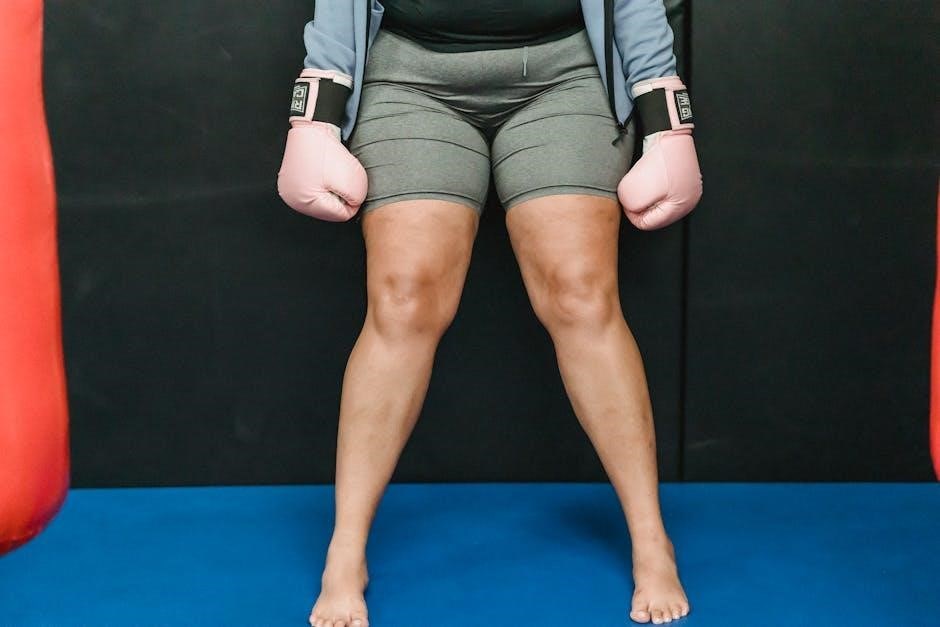A Ring Size Guide helps you determine the perfect fit for your ring, ensuring comfort and style. Measure using a string, printable chart, or professional tools. Factors like finger size, knuckle shape, and band width matter for accuracy.
Welcome to our comprehensive Ring Size Guide, designed to help you find the perfect fit for your ring. Whether you’re shopping for an engagement ring, wedding band, or fashion jewelry, understanding ring sizes is essential for both comfort and style. This guide provides detailed methods for measuring your ring size, including using a string, a printable chart, or professional tools; Discover how factors like finger size, knuckle shape, and band width impact your ring size. Learn about average sizes for men and women and how to convert between international sizing standards. Additionally, explore tips for ensuring the best fit, such as measuring at the right time and considering stackable rings. Our goal is to make your jewelry-buying experience seamless, ensuring your ring fits perfectly from the moment you put it on.

Importance of Correct Ring Size
Choosing the correct ring size is crucial for both comfort and functionality. A ring that fits properly ensures all-day wearability without causing discomfort or restricting movement. If a ring is too tight, it can lead to swelling or difficulty removing it, while a ring that is too loose may slip off easily, increasing the risk of loss or damage. Proper sizing is especially important for engagement and wedding rings, which are often worn daily and hold sentimental value. Additionally, a well-fitting ring enhances its appearance, ensuring it sits evenly on the finger and complements the hand. Measuring accurately also prevents the need for costly resizing, which may not always be possible depending on the ring’s design. By prioritizing the right fit, you can enjoy your ring as a comfortable and meaningful accessory for years to come.

How to Measure Your Ring Size
Measure your ring size using a string, printable chart, or existing ring. Wrap a string around your finger, mark the length, and compare it to a size chart. For accuracy, measure later in the day when fingers are largest.
Method 1: Using a String or Ribbon
Using a string or ribbon is a simple and effective way to measure your ring size at home. Cut a small strip of flexible string, ribbon, or even dental floss. Wrap it firmly but not too tightly around your ring finger, ensuring it is snug but comfortable. Mark the point where the string overlaps with a pen or pencil. Remove the string and measure the length of the marked section using a ruler. Compare this measurement to a standard ring size chart to determine your size. For accuracy, measure your finger later in the day, as fingers tend to swell slightly throughout the morning and afternoon. Avoid measuring when your hands are cold, as this can result in a smaller size. This method provides a reliable estimate, but for precision, consider cross-referencing with a printable ring size chart or professional measurement.

Method 2: Printable Ring Size Chart
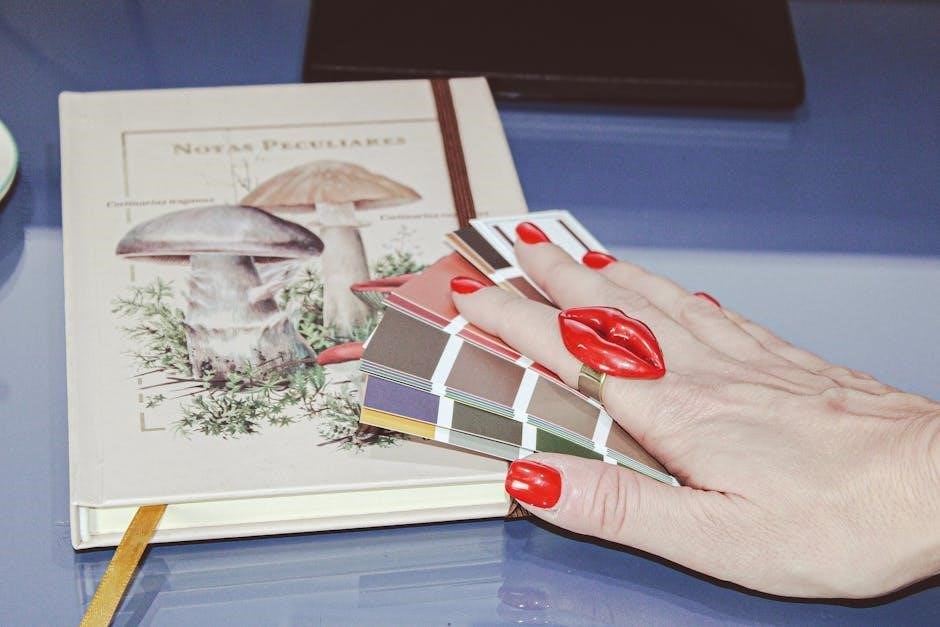
A printable Ring Size Chart is a convenient tool for determining your ring size accurately at home. Download and print the chart on standard paper, ensuring the scale is set to 100% to maintain accuracy. Place a well-fitting ring face down on the chart and align its inner edge with the diameter measurements provided. The corresponding size on the chart will be your ring size. If you don’t have a ring to measure, you can use the strip of paper provided with the chart. Cut it out, wrap it around your finger, and secure it with a small tape. Measure where the paper overlaps and compare it to the chart. For best results, print the chart in color and use a ruler to verify the scale. This method is ideal for those who prefer a visual guide and want a precise measurement without visiting a jeweler. Always measure your finger at the end of the day for the most accurate fit.
Method 3: Using an Existing Ring
Using an existing ring that fits perfectly is one of the simplest ways to determine your ring size. Start by selecting a ring that is comfortable and worn on the finger you intend to measure. Place the ring face down on a Printable Ring Size Chart and align the inner edge of the ring with the diameter measurements provided on the chart. The size corresponding to the diameter will be your ring size. If you don’t have access to a chart, measure the inner diameter of the ring using a ruler or calipers. Convert the measurement to millimeters and refer to a standard ring size chart to find your size. This method is highly accurate and convenient, especially if you already own a ring that fits well. Ensure the ring is placed flat and centered on the chart for the best results. This approach is ideal for those who prefer a practical and straightforward way to measure without additional tools. Always verify the size by comparing it to multiple rings if possible, as sizing can vary slightly between pieces.
Method 4: Professional Jewelry Store Measurement
Visiting a professional jeweler is the most accurate way to determine your ring size. Jewelry stores use specialized tools, such as ring sizing gauges, to measure your finger precisely. These gauges consist of a set of rings in various sizes that you can try on to find the perfect fit. The jeweler will also consider factors like knuckle size and finger shape to ensure the ring slides on and off comfortably. Additionally, jewelers can account for the width of the band, as wider rings may require a slightly larger size for a snug fit. Professional measurements are highly recommended, especially for significant purchases like engagement or wedding rings. Many jewelers also offer this service for free, making it a convenient and reliable option. By leveraging their expertise and tools, you can ensure your ring fits perfectly from the start, eliminating the need for future resizing. This method is particularly advantageous for those unsure of their size or seeking a precise fit for a special occasion.

Factors Affecting Ring Size
Professional jewelers use precise tools like ring sizing gauges to measure your finger accurately. These gauges consist of rings in various sizes for you to try on, ensuring a perfect fit. Jewelers consider factors like knuckle size, finger shape, and band width to determine the ideal size. This method is highly recommended for significant purchases, as it eliminates the need for resizing; Many jewelers offer this service for free, making it a reliable and convenient option. Visiting a professional ensures your ring fits comfortably and securely, accounting for all variables that affect size. This expertise guarantees a flawless fit, whether for everyday wear or special occasions.
Finger Size Variations
Finger size variations can significantly impact your ring size. Factors like temperature, time of day, and natural fluctuations affect finger size. For instance, fingers tend to swell slightly in warmer temperatures and shrink in colder conditions. Measuring your finger at the end of the day ensures accuracy, as fingers are typically at their largest. Additionally, different fingers on the same hand may vary in size, so it’s essential to measure the specific finger you plan to wear the ring on. Natural size differences between dominant and non-dominant hands can also occur. These variations highlight the importance of precise measurement to ensure a comfortable fit. Weather changes, health conditions, and even weight fluctuations can influence finger size, making it crucial to consider these factors when determining your ring size. Accurate measurements account for these variations, ensuring your ring fits perfectly and remains comfortable year-round.
Knuckle Size Consideration
Knuckle size plays a crucial role in determining the ideal ring size. A larger knuckle may require a slightly bigger ring to ensure the ring can slide over the knuckle comfortably. If the knuckle is particularly large, the ring may need to be sized up to accommodate it, even if the finger itself is smaller. Conversely, a smaller knuckle allows for a more snug fit without needing a larger size. Ignoring knuckle size can lead to a ring that is difficult to remove or uncomfortable to wear. To account for this, measure the circumference of the knuckle and compare it to the ring’s diameter. If the knuckle is significantly larger than the finger, choose a size that allows the ring to pass over the knuckle effortlessly. Professional jewelers often consider knuckle size when resizing rings, ensuring a balance between comfort and security. Properly accounting for knuckle size ensures the ring fits both the finger and the hand perfectly.

Band Width Impact
The width of a ring band significantly affects the fit. Wider bands, typically 6mm or more, can feel tighter due to the increased surface area around the finger. This means a slightly larger size may be needed for comfort. Narrower bands, usually under 4mm, follow standard sizing more closely. When choosing a ring, consider its width. For wider styles, opt for a size that allows for a snug yet comfortable fit, as the ring will feel tighter than a narrower band of the same size. This adjustment ensures the ring sits securely without restricting movement. It’s important to try on rings of varying widths to understand how they feel. If purchasing online, use a printable size chart or consult a professional to determine the best fit based on band width. Properly accounting for band width ensures the ring is both stylish and comfortable to wear every day.
Average Sizes for Men and Women
The average ring size varies between men and women. For women, the most common ring size is typically a 6, while for men, it’s an 8. However, these are general guidelines and can vary significantly based on individual build and finger size. Women’s sizes usually range from 4 to 8, while men’s sizes often range from 6 to 12. Factors like finger length, knuckle size, and personal comfort influence the ideal fit. It’s important to note that some individuals may prefer a slightly looser or tighter fit, depending on lifestyle and preference. If unsure, it’s better to opt for a size that allows for ease of movement while remaining secure. Resizing is always an option, but understanding these averages provides a helpful starting point. Ultimately, the best fit is one that feels comfortable and suits the wearer’s style. Consulting a professional or using a reliable ring size guide can ensure accuracy when determining your size.
Understanding Ring Size Charts
Ring Size Charts provide a standardized way to determine your ring size by measuring finger circumference or ring diameter. They include conversions between international sizing systems, ensuring accuracy. Use them to match your size for a perfect fit.
International Ring Size Conversions
Different regions use various ring sizing systems, making conversions essential. For example, a US size 6 corresponds to a UK size M and a European size 12. Charts provide precise comparisons, ensuring accurate measurements globally. This avoids sizing mismatches when purchasing internationally.
How to Read a Ring Size Chart
Reading a ring size chart is straightforward once you understand the basics. Most charts list sizes numerically or alphabetically, corresponding to specific finger circumferences. Start by measuring your finger or an existing ring to find your circumference in millimeters. Match this measurement to the chart to determine your size. Pay attention to whether the chart uses inner diameter (ID) or circumference measurements, as these vary slightly. For example, a US size 6 corresponds to a 16.5mm ID or 51.8mm circumference. International charts may use different scales, so ensure you’re referencing the correct one. Always consider factors like finger size variations and band width, as wider bands may require a slightly larger size. If unsure, it’s best to measure later in the day when fingers are largest. Using a printable chart or professional tools ensures accuracy, helping you find a comfortable, secure fit.
Ring Diameter and Circumference Measurements
Understanding ring diameter and circumference is crucial for accurate sizing. The diameter is the distance across the ring’s inner edge, while the circumference is the total distance around the finger. Use a ruler to measure the inner diameter of a ring that fits well, or wrap a string around your finger to determine circumference. For example, a US size 6 ring has a diameter of 16.5mm and a circumference of 51.8mm. International charts vary, so always confirm the scale. When using a printable chart, place the ring over the diameter guides or wrap the string along the circumference markings. Ensure measurements are precise, as even small differences can affect fit. Factors like knuckle size and band width can influence whether you round up or down. For the best results, measure later in the day and consider professional tools for accuracy. Proper measurements ensure the ring is comfortable and secure, avoiding the need for resizing.
Tips for Ensuring the Best Fit
Measure later in the day for accuracy. Consider stackable rings and band width. Use a printable chart or professional sizing. Ensure a snug fit that slides over the knuckle comfortably. Avoid resizing by prioritizing comfort.
Measuring at the Right Time
Timing is crucial for accurate ring size measurement. Your finger size can fluctuate due to temperature, humidity, and physical conditions. Measure in the late afternoon or early evening when fingers are at their largest. Avoid measuring when hands are cold, as fingers tend to be smaller. If your finger is swollen or injured, wait until it heals for an accurate size. Consistency is key—ensure you measure under the same conditions each time. For the best fit, consider how the ring will be worn and any stackable rings. Use a professional sizer or printable chart for reliability. If unsure, consult a jeweler for guidance. Remember, it’s easier to resize a ring that’s slightly too small than one that’s too large. Always double-check your measurements for comfort and accuracy.
Considering Stackable Rings
When planning to wear multiple rings on the same finger, consider how stackable rings affect sizing. Each additional ring adds width, which can make the overall fit tighter. Measure your finger with all intended rings in place to ensure comfort and proper fit. If stacking, opt for a slightly larger size to accommodate the combined width of the bands. Use a printable ring size chart or professional tools to gauge the total width accurately. Stacking rings may require adjusting your usual size by half to a full size larger, depending on the number and thickness of the rings. For a seamless look, ensure the rings sit evenly and don’t cause discomfort. Consulting a jeweler can help determine the ideal size for your stack. Always prioritize comfort and ease of wear when choosing sizes for stackable rings. This approach ensures your rings stay in place without feeling too tight or restrictive.
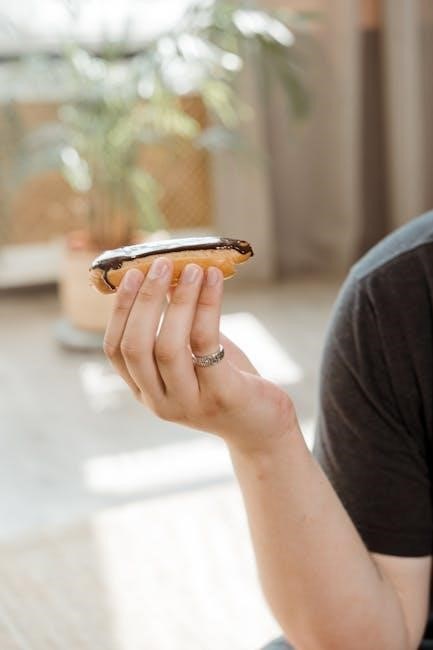
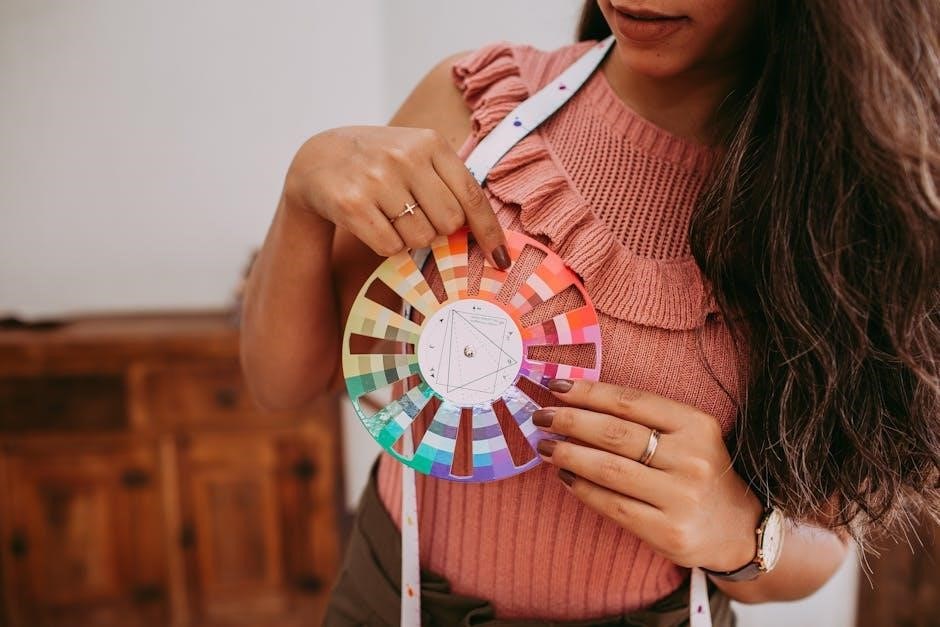
Resizing Your Ring
Resizing your ring ensures a perfect fit. Jewelers can enlarge or reduce sizes by adjusting the band. Costs vary based on metal type and complexity. Opt for a slightly larger initial size if unsure, as resizing down is easier and less expensive.
How the Resizing Process Works
Resizing a ring involves adjusting the band to fit your finger perfectly. If the ring is too small, jewelers typically cut the bottom of the shank and insert additional metal, soldering it back together. For rings that are too large, a portion of the shank is removed. The process varies depending on the metal type and design complexity. Resizing can take 1-5 business days, and costs depend on the amount of metal added or removed. More intricate designs or precious metals like gold or platinum may incur higher fees. Some rings, such as eternity bands with gemstones, are difficult or impossible to resize. Always consult a professional jeweler for an accurate assessment and to ensure the resizing maintains the ring’s structural integrity and aesthetic appeal.
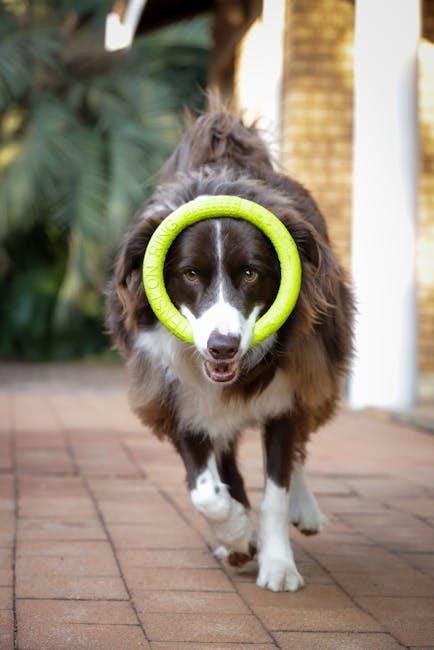
Costs Associated with Resizing
The costs associated with resizing a ring depend on the complexity of the process and the materials involved. Generally, resizing a ring to make it smaller is less expensive than enlarging it, as adding metal requires additional material and labor. Simple resizing for a plain band typically ranges between $20 to $100, while intricate designs or rings with gemstones may cost $100 to $500 or more. Luxury metals like platinum or high-carat gold incur higher fees due to material value. Some jewelers offer free resizing as part of a warranty or service plan. It’s important to consult a professional jeweler for an accurate quote, as they will assess the ring’s specific needs and provide detailed pricing. Keep in mind that resizing certain rings, such as eternity bands, may not be possible, so it’s crucial to ensure the initial size is accurate to avoid potential costs and complications.
When to Choose a Larger Initial Size
Choosing a larger initial ring size is advisable in certain situations to ensure comfort and avoid frequent resizing. If you measure your finger when it’s swollen, such as during hot weather or later in the day, selecting a slightly larger size can prevent the ring from feeling too tight. Additionally, if the ring has a wide band, opting for a larger size accommodates the extra width, ensuring the ring sits comfortably without causing discomfort. Furthermore, individuals with larger knuckles may benefit from a larger size to allow the ring to pass over the knuckle easily. It’s also wise to consider future factors, such as potential weight changes or medical conditions that could affect finger size; Consulting a professional jeweler can provide personalized guidance, helping you make an informed decision to choose the most comfortable and practical initial size for your ring.
